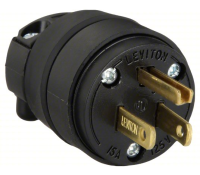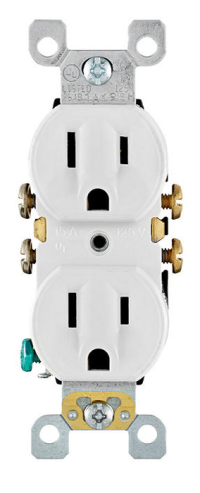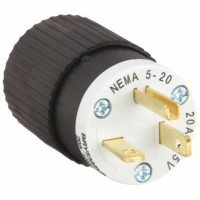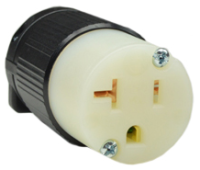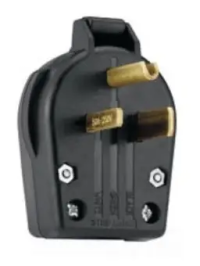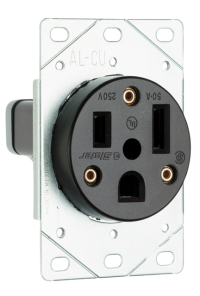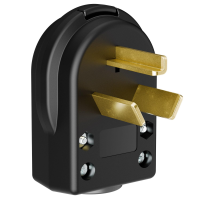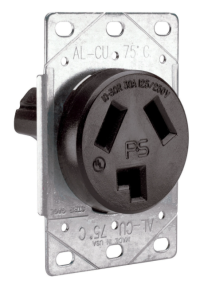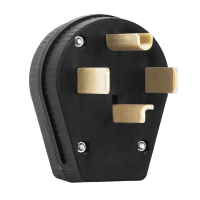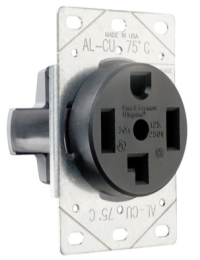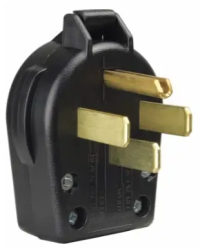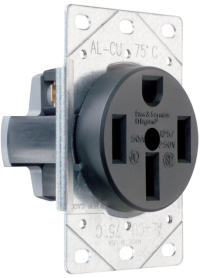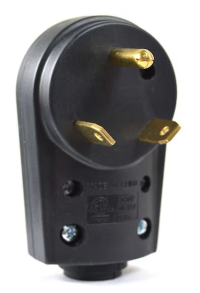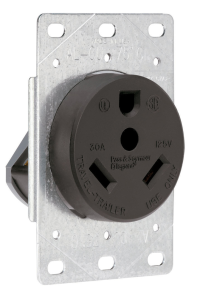Electrical Connectors
Summary
The National Electrical Manufacturers Association (NEMA) and the International Electrotechnical Commission (IEC) are two major organizations that define standards for electrical connectors used worldwide. NEMA connectors are primarily used in North America and feature a variety of locking and non-locking configurations designed for specific voltage and amperage ratings, making them common in residential, commercial, and industrial settings. IEC connectors, on the other hand, provide internationally recognized standards that promote compatibility across different countries and devices, such as the widely used IEC 60320 couplers for power cords on appliances and electronics. While both systems aim to ensure safety, reliability, and interoperability, their designs and naming conventions differ, requiring adapters or region-specific equipment when crossing markets.
NEMA Connectors
P = Plug (male), R = Receptacle (female)
Non-locking
Twist-locking
| Connector | Plug | Receptacle | Volts (V) | Amps (A) | Typical Uses |
|---|---|---|---|---|---|
| L5-30 | 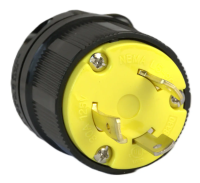 |
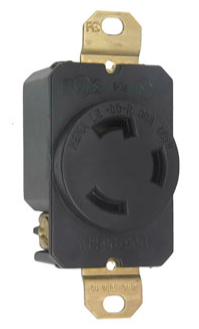 |
125 | 30 | Marine, RV/Camper |
| L6-20 | 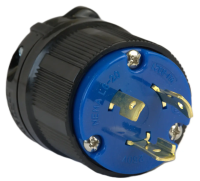 |
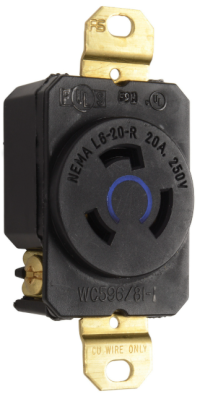 |
250 | 20 | Information technology (servers, PDUs, etc) |
| L6-30 | 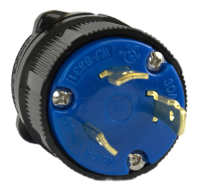 |
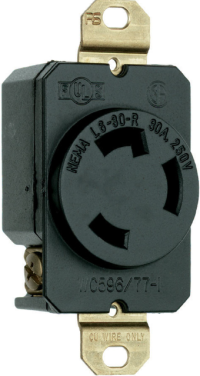 |
250 | 30 | Welders, industrial equipment |
IEC
tbd

